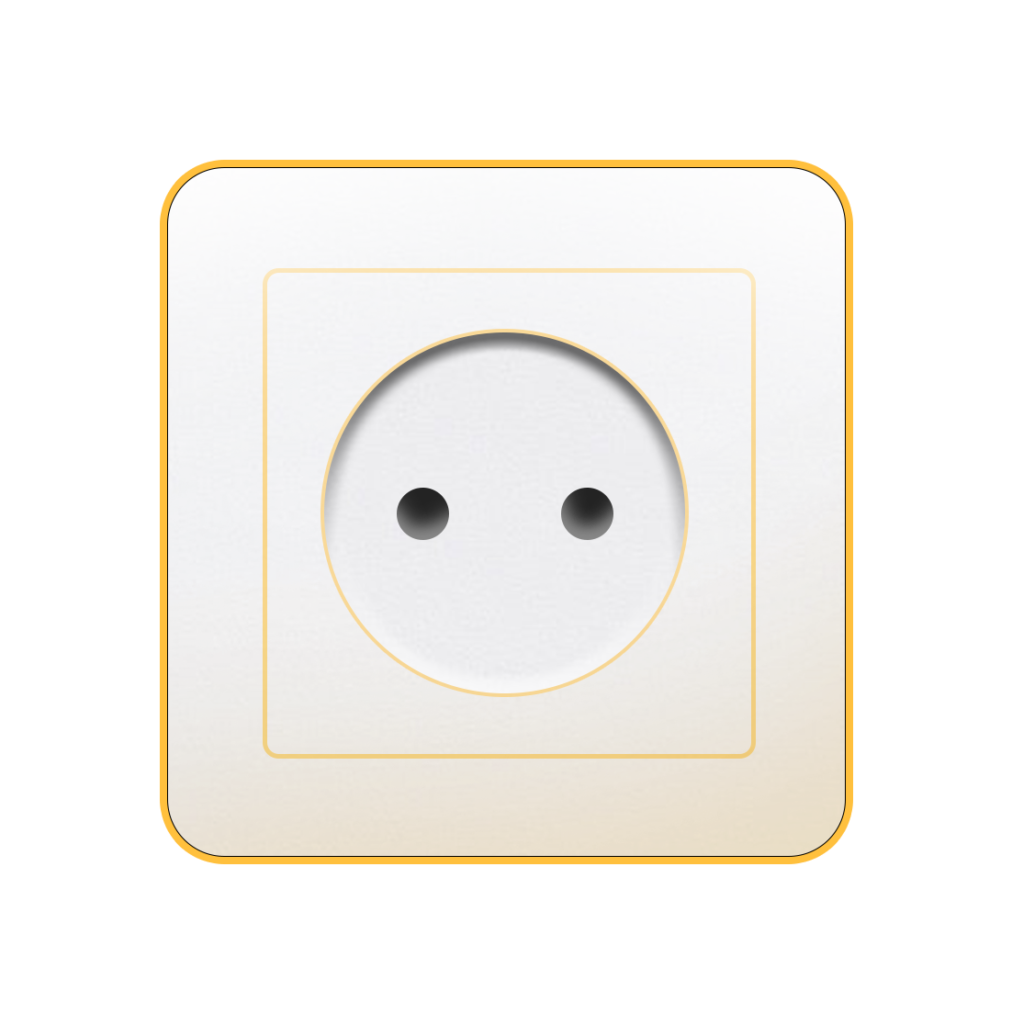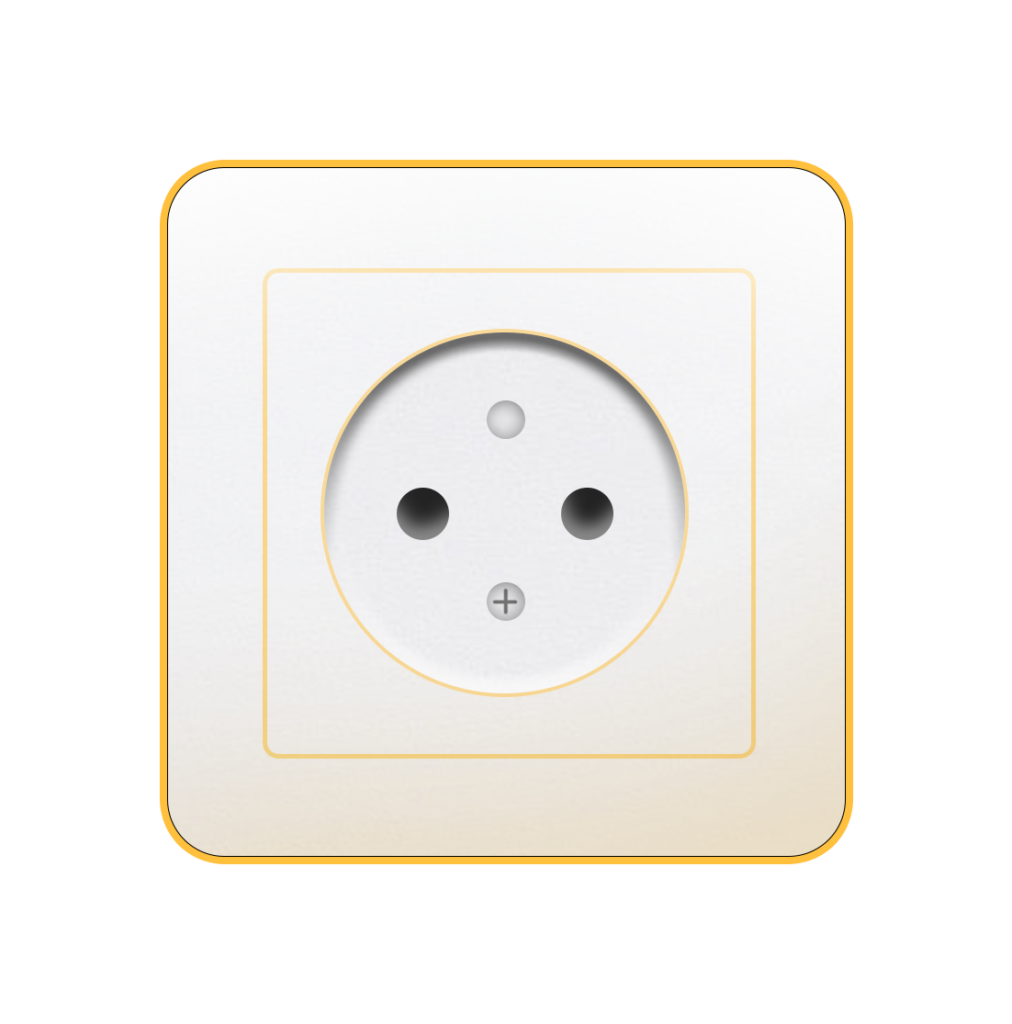In Denmark, they use Type C, E, F, and K plugs and sockets. The mains voltage is 230 V, and the frequency is 50 Hz.
So, you’ll definitely need a travel adaptor in Denmark. Their plugs and sockets aren’t the same as our Type G back in the UK.
Key Takeaways
- Plugs and sockets: C, E, F, and K
- Mains voltage: 230 V
- Frequency: 50 Hz
- Travel adaptor needed? Yes, you do need a travel adaptor
- Voltage converter needed? You won’t require a voltage converter here.
- Recommended travel adaptor: AUNNO Universal Travel Adaptor
The details provided here come directly from local electricity authorities, international standards such as the IEC, and practical feedback shared by travellers across the globe.
Sockets in Denmark
Denmark uses Type C, E, F, and K plugs and sockets.
Type C

Type C sockets have two round pins and no grounding. Unlike Type G, they take a slimmer plug without an earth pin or fuse.
Type E

Type E sockets have two round pins and a hole for the socket’s earth pin. UK Type G plugs do not fit into Type E sockets.
Type F

Type F sockets have two round pins with two earth clips on the side. UK Type G plugs do not fit into Type F sockets.
Type K

Type K sockets have two round pins and a grounding pin that sticks out from the socket itself. UK Type G plugs do not fit into Type K sockets.
Recommended Travel Adaptor for Denmark
After extensive testing on the road and careful checks on safety, durability, functionality and cost, this adaptor proved to be the most reliable choice.
Recommended Travel Plug Adaptor
by 1,500+ travellers on Amazon
Forgotten your adaptor and already abroad? Don’t worry — airports and local shops usually stock them. That said, packing your own saves you from high prices and poor quality.
Denmark is usually combined with travel to Sweden and Germany. Plug types are often similar, but still worth double-checking.
Do You Need a Voltage Converter?
A power converter is only required when voltages differ. In Denmark it’s about the same as at home in Britain, so you can skip it.
Check the mains rating on your device before travelling. A mark of ‘100–240 V, 50/60 Hz’ means it’ll work abroad without any converter.

Top Travel Essentials to Take With You
It’s often the small things that make the biggest difference on a trip. A luggage scale gives you peace of mind at the airport, a power bank means you’re never left with a dead phone, and packing cubes keep everything in order. We’ve tried them ourselves, and they’ve proved their worth again and again.



